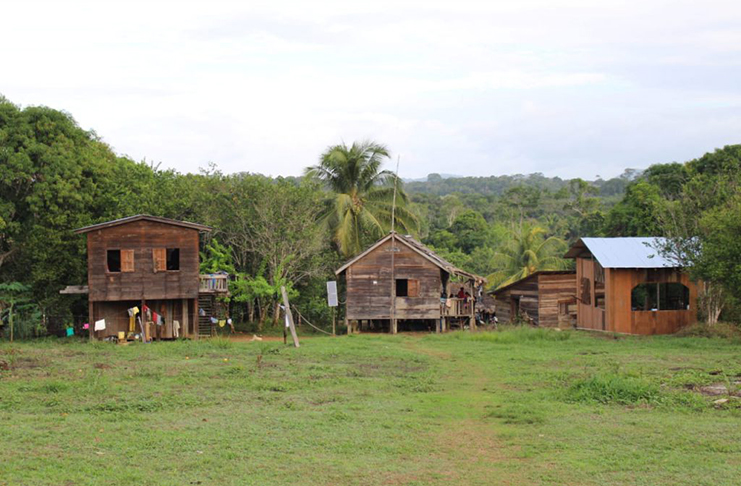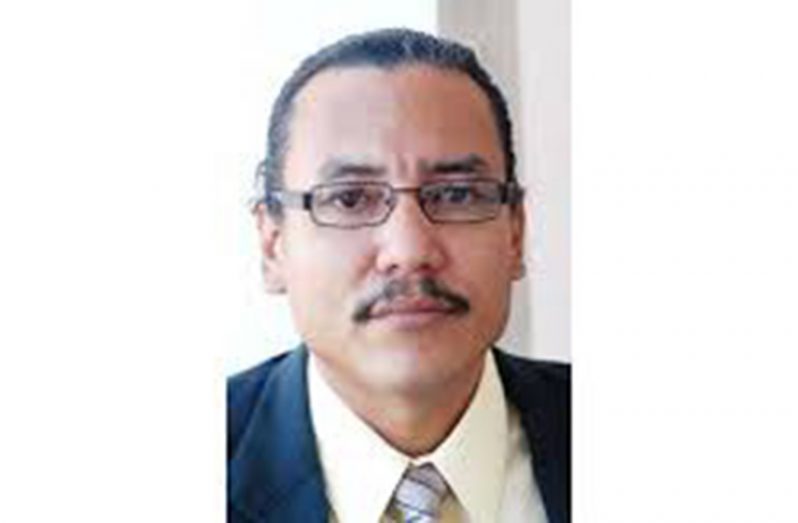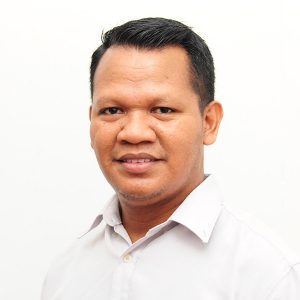…new protected area receives major UK accreditation
…Prince Andrew may visit Guyana once project advances
THE Konashen Protected Area in the Upper Essequibo-Upper Takutu Region is expected to benefit from major funding following accreditation by the Queen’s Commonwealth Canopy (QCC) project.
The QCC was launched at the Commonwealth Heads of Government meeting in 2015 in Malta and while it marks the service of Her Majesty Queen Elizabeth II to the Commonwealth in the form of a network of conservation projects, its aim is to also conserve indigenous forest for future generations. Following the creation of the Konashen Protected Area in 2017 under the National Protected Areas System in tandem with President David Granger’s vision for each administrative region to have a protected area, the Department of Environment contacted the village council of Masakenari through its leader, Paul Chekema. Masakenari is the central village which lies within the Konashen district.
The correspondence was in the form of a proposal to nominate Konashen, Guyana’s first Indigenous protected area, to benefit from the QCC project. In a letter seen by the Guyana Chronicle, Chekema said the village council was happy to and agreed to be nominated to benefit from the initiative. The village also expressed its willingness to continue working with the authorities on the sustainable management of the environment.
After submitting a proposal identifying Konashen to be a beneficiary of the project, in February this year the Department of Environment was informed by the Royal Commonwealth Society that Konashen has been QCC accredited. According to a correspondence penned to the Department of Environment from the Royal Commonwealth Society , Guyana’s participation in the initiative is seen as “significant” .It was noted that the move will provide for the realisation of tangible benefits for communities and the environment and will also ensure much value is accorded though member states working towards a common goal.
Free prior and informed consent (FPIC)
Over the weekend, Ministerial Adviser at the Ministry of Indigenous People’s Affairs, Mervyn Williams, Permanent Secretary Alfred King and the Commissioner of the Protected Areas Commission, Denise Fraser travelled to the Konashen district to interact with the villagers on the process. The visit was the continuation of the process of free prior and informed consent.
Williams told the Guyana Chronicle that the trip was made after it was brought to the ministry’s attention that there was misinformation being peddled by persons outside of the Wai Wai community. Such information suggested to villagers that if Konashen participates in the QCC project, the village was giving up its lands to the government. This was refuted during the engagement.
Williams said the ministry also received information from the ground that suggested that if the village signed onto the project, the village council will compromise their rights to the lands in the area. He said this information was meant to cause conflict within the village and cause it to lose an opportunity to be part of a massive project which is seeing participation from 40 of 53 Commonwealth nations. Williams said at the meeting last week, the Commissioner of the Protected Areas Commission outlined the goals and objectives of the QCC.
Historical facts

Following the creation of the Amerindian Lands Commissioner in the 1970s, 74 villages and four districts were accorded village status by law, Konashen was one such district. Masakenari, the central village within the area, received its land title in 2015 and two years later the protected area was established. It is the only community-owned conservation area in Guyana and the only rainforest area in the Rupununi Region. “This is significant project enhancement for the village in terms of leveraging resources that could enhance its capacity for training, development and creation of employment,” Williams said, noting that it is especially beneficial for the residents in the area of conservation.
It was noted that the project will provide funding for training, including in the area of management of the protected area and topic areas such as finance, mapping and forest carbon inventory as well as managing the various species within the protected area. Konashen is home to a number of rare species in Guyana. The list includes the Harpy Eagle, the jaguar, the Giant River Otter, the Cock of the Rock, the Blue Poison Frog, the Emerald Boa among several others. “So they stand to benefit and the financial resources will lift the level of the village economy and overall quality of life of the people who live there,” Williams said.
Feedback
Being armed with a better understanding of the reality and the value of Konashen’s participation in the QCC, the village council agreed to meet and discuss the matter and determine its next step as a village regarding the project. Forest rangers under the employ of the village also noted that the project presents an opportunity for them. The residents welcomed the opportunity to expand their development and Williams said it was made clear during the recent meeting that the village title is not in jeopardy nor is it compromised. It is now up to the village to either offer or withhold its consent to being an active participant and beneficiary of the QCC.




.png)









